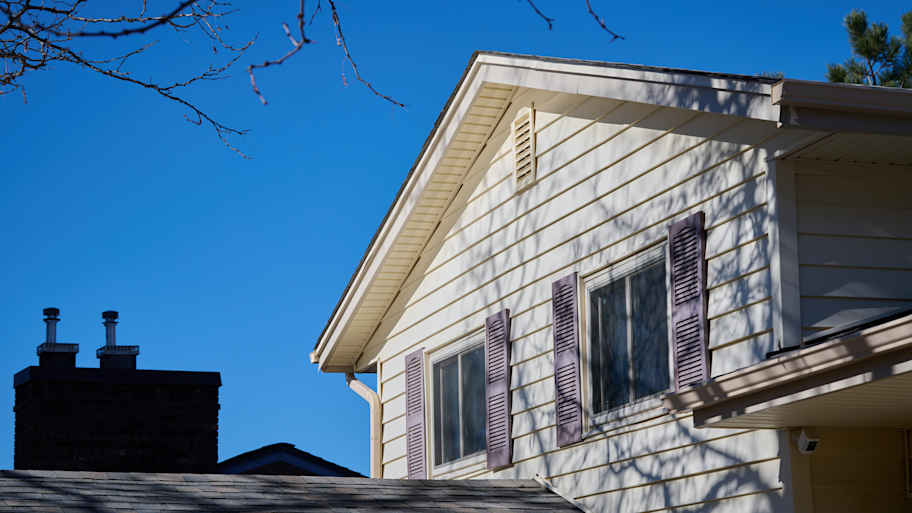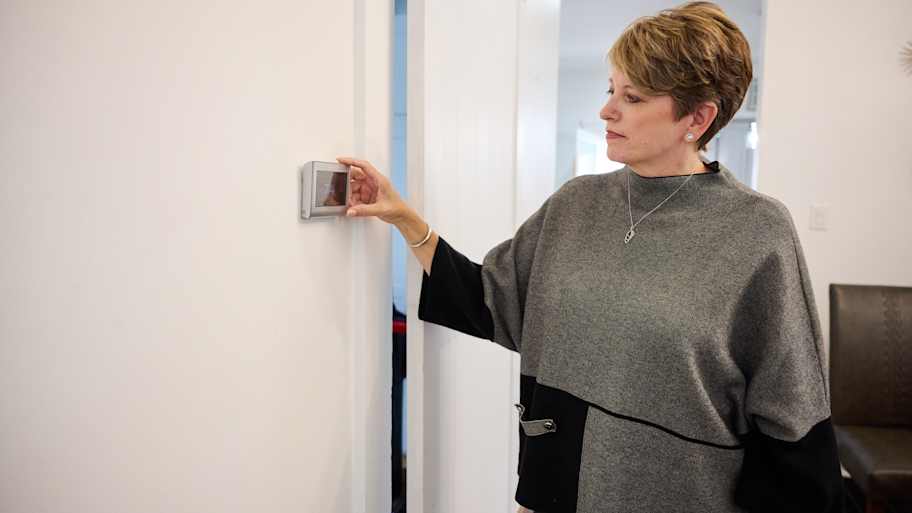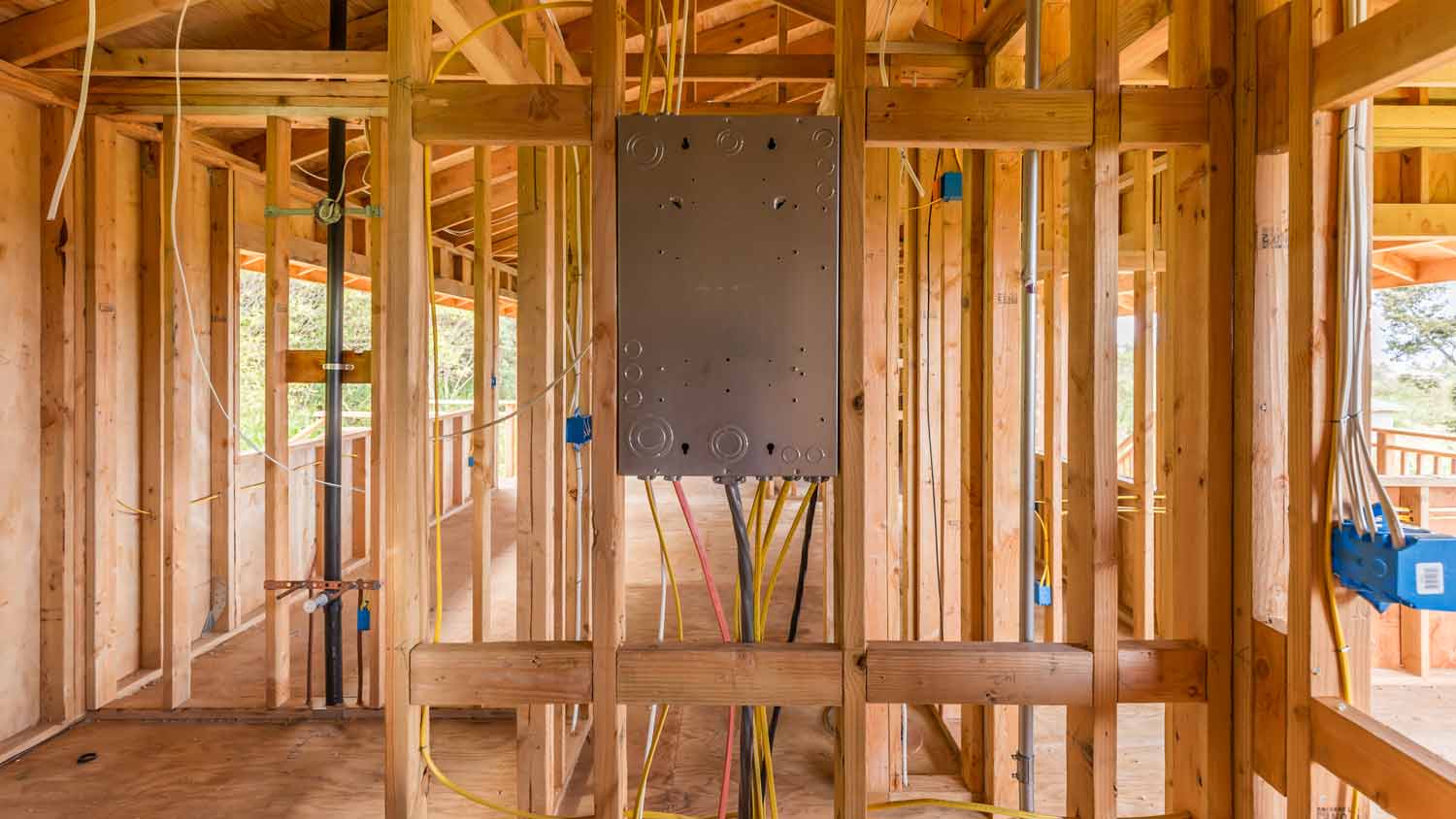Is Your Kitchen Temperature Correct? Here's What To Know When It Comes to LED Lighting
Uplighting, backlighting, downlighting, LED bulbs to do it all in style


If you're looking for a way to celebrate your inner lighting designer, the kitchen is one of the best places to start. From hanging lights that show off the architecture of your kitchen island to task lighting underneath your kitchen cabinets, the best kitchen illumination is both creative and practical.
And while there's little question that LED lights are the more cost-effective option, many are still unsure how to choose the right bulb for their desired look. You’ll need to consider brightness, bulb shape, and temperature. Even more? They must all work in unison to create your perfect mood. Here are a few tips for choosing the right LED temperature for your kitchen.
Ideas for Styling Your Kitchen With LED Lightings
One of the best things about LED lighting is its versatility. The range of color temperatures, brightness, and bulb shape allows you to showcase the room's architecture however you choose.
Here are a few places to add a creative touch of light to your kitchen:
Above your kitchen island or seating area
Under cabinets
Inside glass cabinets
Inside drawers
Along the toe kick of cabinets and islands
Within ceiling track lighting
Under your range hood
How to Choose the Right Color Temperature for the Room

Where you put LED lighting will determine the bulb you need for warmth and brightness. If you're standing in the lighting aisle of your hardware store confused by the endless options before you, start by choosing the color temperature first.
Understand Kelvin Ratings
LED bulbs measure color temperature—the color or tone—in Kelvins, or K. The higher the Kelvin rating, the cooler and bluer the hue. You’ll veer more toward a warm, yellow, candle-like color as you move down the K rating scale.
For kitchen color temperature, aim for either:
a warm white rating between 3,000–4,000 Kelvin
a bright to cool white light between 4,000–5,000 Kelvin
Anything lower than 3,000 creates that yellow, cozy tone that’s better suited for your living room rather than cooking areas. Head above 5,000, and you’ll give off natural sunlight hues commonly found in commercial spaces.
Consider Your Kitchen Color And Lighting Color
While it may be tempting to add that cozy, curl-up-by-the-fireplace light color to every room, the dark tone is rarely the best choice for your kitchen. A higher Kelvin in the 4,000 range is safer and will highlight the room's architecture better.
Those white cabinets and bright marble counters you love? Too low a Kelvin rating, and the warm bulbs could alter your color and make your kitchen look yellower than you'd like.
In short: choose a Kelvin range between 3,000 to 5,000 for both fashion and function.
Know Your Ideal Brightness
The color of your lighting is not the same as its brightness; LED lights offer both options independently. Once you find your ideal tone, consider the number of lumens to pinpoint the bulb's brightness.
Lumens measure how much light your bulb gives off, no matter the number of watts. This measurement is a prime differentiator between LEDs and CFLs, aka fluorescent bulbs.
Choosing the right brightness for your kitchen comes down to:
the size of the room
the color of your walls and cabinets
the type of lighting (overhead, sconces, task)
Most LED light bulbs for the primary light sources in your kitchen—overhead lighting, for example—fall between 2,000 and 6,000 lumens. Here are some general rules of thumb to know when choosing:
Smaller kitchens require fewer lumens.
Darker walls, counters, and cabinets require higher lumens.
Lights further from the center of the room require higher lumens, depending on their purpose.
Accent lights around your kitchen, such as small task lights under your cabinets, may come from bulbs with lower lumen ratings. A bulb as low as 500 to 1,000 lumens works for a counter or small kitchen island.
Choose a Bulb Shape
LEDs now come in a long list of bulb options, many of which are ideal for kitchens since the space often boasts unique lighting sockets and fixtures.
Can or recessed bulbs work in recessed lighting figures commonly used in your kitchen ceiling. They will spread a broad flood of light through your space and come in higher lumens.
Track light bulbs come in various sizes to fit under cabinets, in drawers, and as track lighting.
Standard or globe bulbs are perfect for hanging lights, such as those that hover over your island or seating area. Many brands also offer stylish decorative bulbs such as Edison lights that provide a funky vintage look.
If the endless bulb options send your head spinning, a professional interior lighting designer can simplify the process. Call a local LED lighting pro to transform your kitchen into a room that will inspire your next dinner party, holiday meal, or family breakfast.
The Perks of LED Kitchen Lighting
Even though LED lights have been on the market for decades, they've come a long way since their invention. According to the U.S. Department of Energy, LED lights:
use about 75% less energy than incandescent bulbs
last about 25 times longer
offer a wider mix of color temperatures
can shed light in a specific direction
lose minimal energy to heat
Of all the rooms in your home, kitchens best benefit from very intentionally chosen bulbs. You have your pick of everything from a warm, amber light for the early morning cup of coffee to a cool white light for chopping vegetables. LED lights also emit a direct beam of light—an ideal choice from the range of recessed, track, and task lighting in the kitchen.
Most importantly, LED bulbs last longer, so there's less chance of burning out a bulb when you're in the middle hosting friends for a large meal and a glass of wine.



.jpg?impolicy=leadImage)

- Home Generator Repair
- Lamp Repair
- Electric Repair
- Generator Installation
- TV Antenna Services
- Emergency Electricians
- Commercial Electricians
- Attic Fan Installation
- Attic Fan Repair
- Exhaust Fan Installation
- Electric Inspectors
- Subcontractors
- Electrical Construction
- EV Charger Installer
- Chandelier Installation
- Doorbell Installation
- Bathroom Fan Installation
- Ring Installers
- Electrical Panel Upgrade















